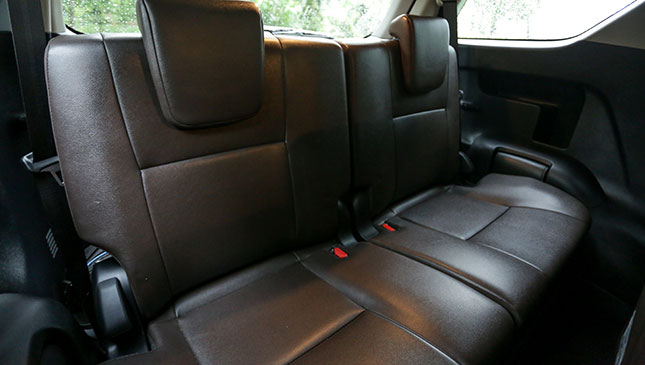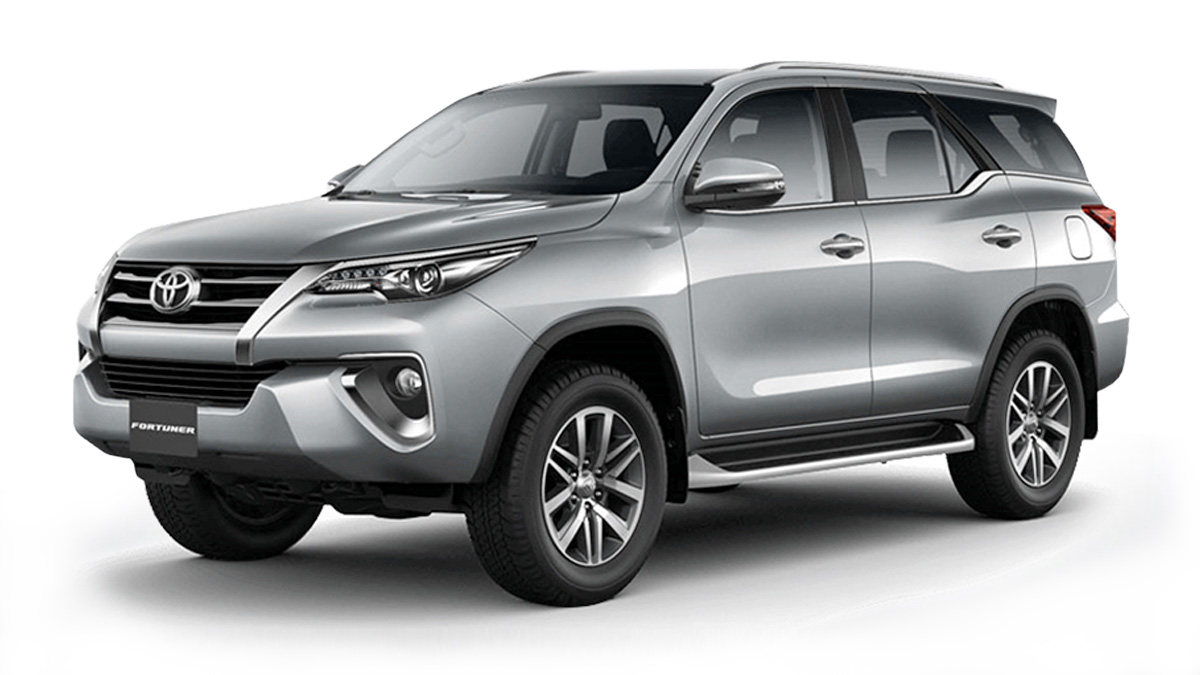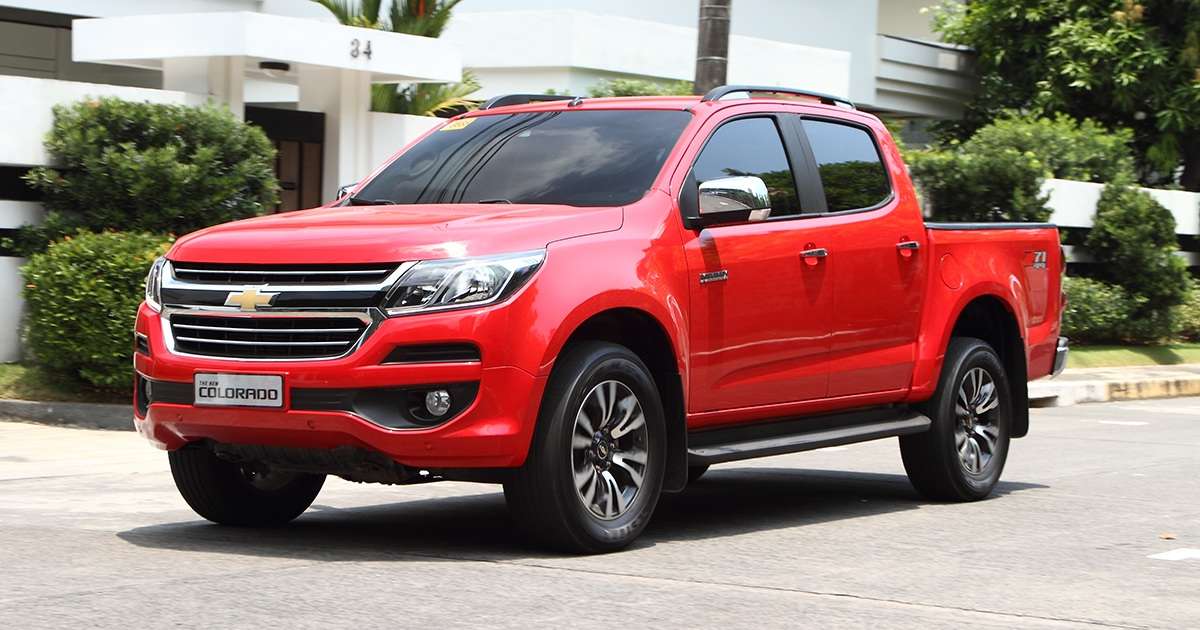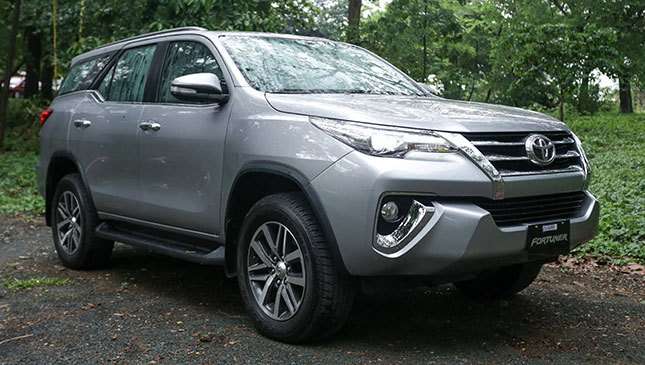
Ah, the Toyota Fortuner—the model that launched a thousand (well, okay, substantially more than a thousand) midsize SUVs, triggering a segment war which rages on up until this very day. It was a thing to behold
We guess you could say the Fortuner has some pretty big shoes to fill. More so, considering its midsize competition, namely the Mitsubishi Montero Sport and the Ford Everest, have more than stepped up their games. The vehicle was propelled by its mix of guaranteed reliability, attainability, and performance. So what has Toyota done to build upon this combination further?
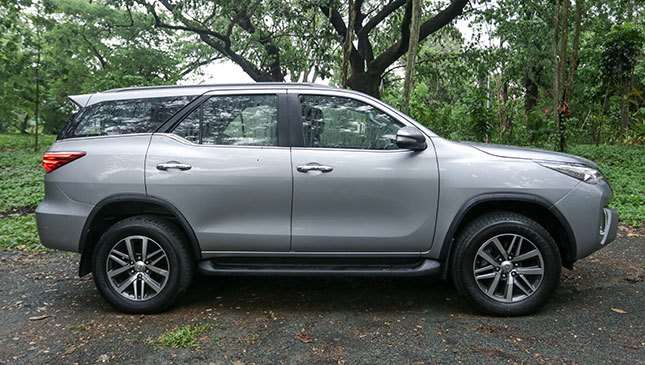
Styling
The second-generation Fortuner ditches the previous model's humble leanings in favor of a more premium and muscular design that exudes both toughness and elegance. It's a practical look, and we dig the way it strikes us as modern instead of futuristic.
A pair of strong character lines
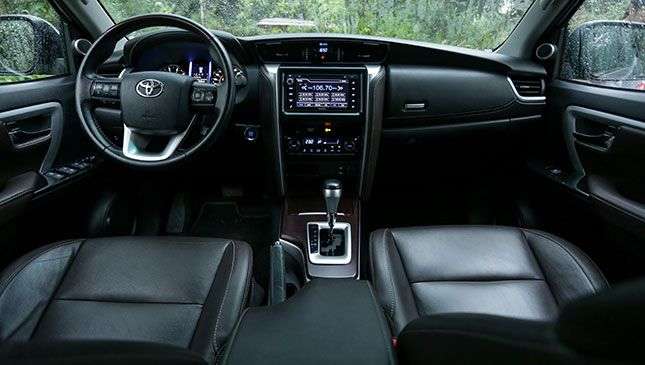
Interior
There's definitely a lot to like here. Five minutes sitting inside will be enough to convince you that the Fortuner's cabin is one of the most refined in its class: nice leather, nice intricate stitching, nice plastic…nice everything. It's covered in
One thing we'd like to point out is the outstanding job Toyota's done regarding the center console's faux wood; you know it's not real, but it doesn't feel or look fake at all. This is in contrast to most cars that feature cheap-ass material which you can tell is a knockoff from a mile away. Worth noting are the car's meaty steering wheel, polished trim, and techy gauges.
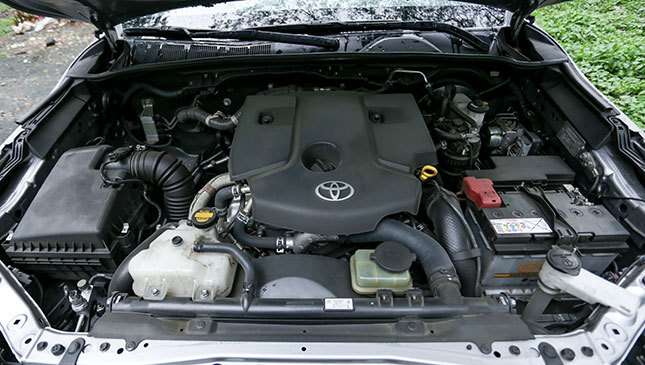
Engine performance
This particular unit, a 4x2 V AT, runs on a 2.4-liter diesel engine capable of 147hp and 400Nm. It's down on power compared to some of its competition, but instances
If situations call for a little more oomph than usual, the V variant comes equipped with a Power Mode which, while not exactly significant, offers a noticeable uptick in performance and provides drivers with
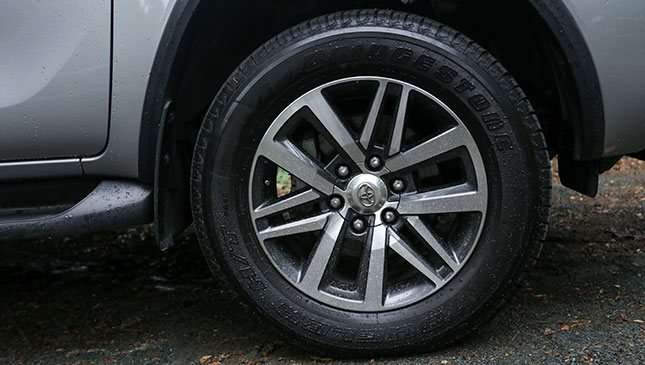
Ride and Handling
There's no denying that the first-gen Fortuner left a lot to be desired when it came to
Noise levels have been drastically reduced, but while Toyota's taken steps to address the ride
I was pleasantly surprised at how well the Fortuner handles—more nimble than its looks might suggest, and nicely weighted. In contrast, the previous model leaned more toward heavy. This is no longer the case though, especially at
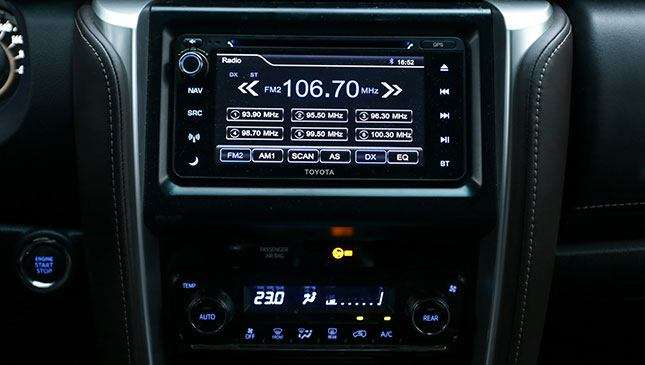
Extra features
This Fortuner gets six speakers and a 6.5-inch touchscreen infotainment system with the usual toys (Bluetooth, hands-free calls, etc.). GPS is nice if you're more comfortable seeing maps on a larger screen than on your phone, which isn't the case for us though.
The rear A/C system gets separate controls mounted on the ceiling, and both front and rear A/Cs get automatic climate control. We also love how the way the vehicle's storage compartments, cupholders included, are all neatly concealed. Other things of note? Paddle shifters for
One gripe is the
Verdict
The ride quality isn't quite as refined as we expected, but besides
All this combined with Toyota's reliability, which we reckon hasn't changed, and it's safe to say it's a more than worthy successor to its predecessor.
SPECS: TOYOTA FORTUNER 2.4 V 4x2 AT
Engine: 2.4-liter turbo diesel
Transmission: 6-speed automatic
Power: 147hp @ 3,000rpm
Torque: 400Nm @ 1,600-2,000rpm
Drive: RWD
Seating: 7
Price: P1,778,000
Score: 18/20
FAQs about the 2019 Toyota Fortuner
Q: Is there a gasoline version?
A: Yes, there is. It is the Fortuner 2.7 4x2 G Gas A/T.
Q: How smooth is the shifting of the six-speed automatic?
A: Very smooth. It's easily one of the best transmissions available today.
Q: Can the third-row seats be removed?
A: Yes. It's quite simple. All you need to do is is undo a few screws and nuts.
Toyota Fortuner


















